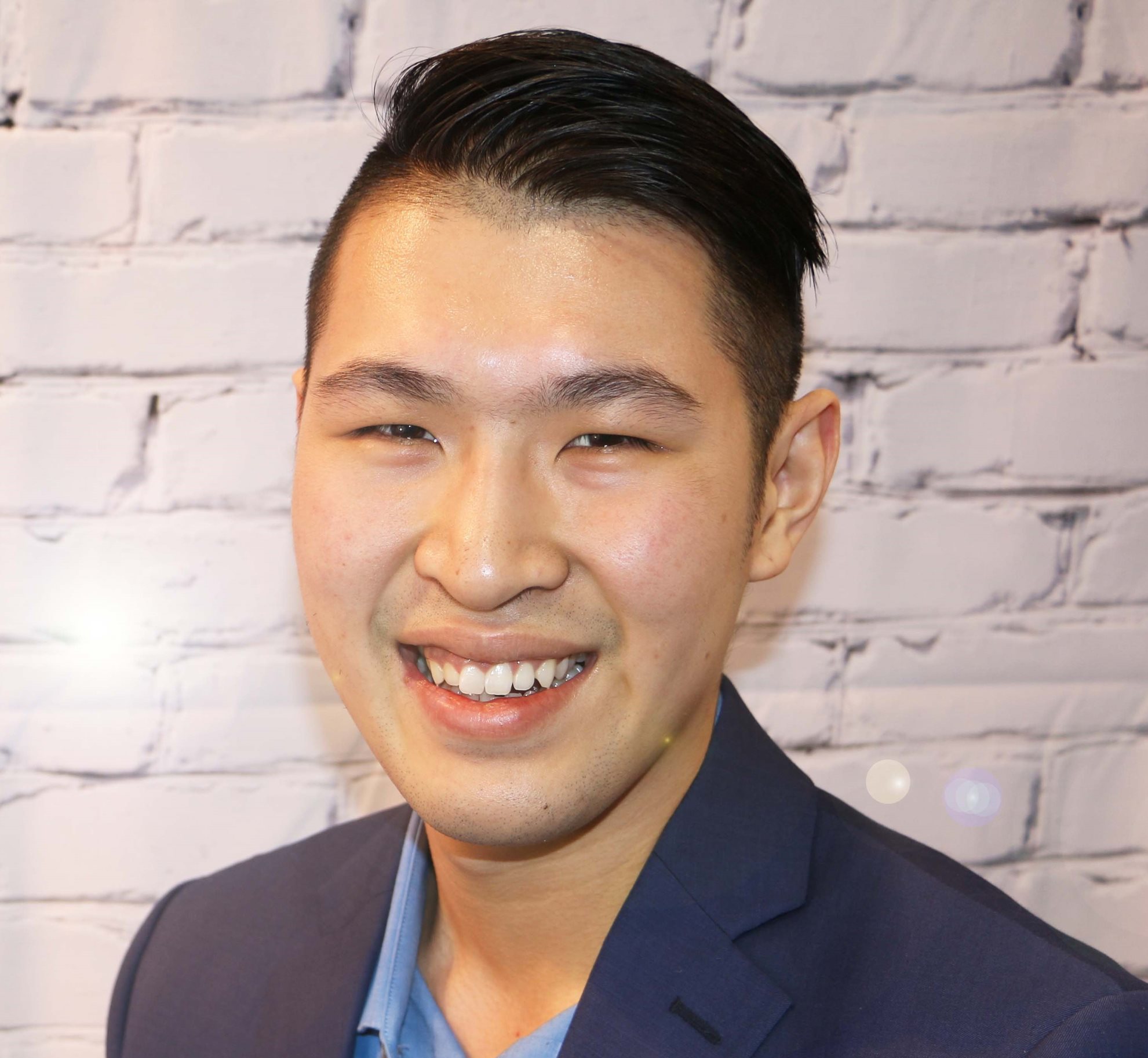Tips for job seekers, recruiters, and leaders on cultivating a more inclusive workplace
CeridianPRIDE co-chair and global recruiter Canny Chiu provides a view into how employees learn about a prospective employer’s commitment to DEI, and provides tips and advice for recruiters, hiring managers, and leaders on building inclusive approaches into their strategies for the long term.

June is International Pride month, a month in which LGBTQ2+ individuals and allies from around the world celebrate and honor a rich history and advocate for the rights and freedoms of LGBTQ2+ individuals. As a Co-Chair for CeridianPRIDE, I wish you a wonderful month ahead!
According to research conducted by McKinsey, inclusivity matters to both LGBTQ2+ and non-LGBTQ2+ job seekers. Nearly 40% of candidates said they had rejected a job offer or decided not to pursue a position due to lack of inclusive hiring practices. This is an eye-opener for organisations; candidates and employees are values-driven and are choosing to live out their values through action.
As a recruiter in my nine-to-five role at Ceridian and having been a prospective job seeker before, I see the importance of priotising inclusive hiring practices. It's critical for me to assess an organisation's commitment to diversity, equity, and inclusion (DEI) before making the choice to join the organisation as someone that identifies as part of the LGBTQ2+ BIPOC community. It's important for me to feel that I have the space to share my opinions, the ability to grow and progress in the organisation, and to know I would be joining an organisation that values equitable decision-making. Here, I share my advice for job seekers, hiring managers, and leaders looking to find and cultivate this type of environment.
Now that you have applied to an organisation, what can you do to understand the organisation's commitment to diversity, equity, and inclusion?
Don't be afraid of asking your recruiter what the organisation does from a DEI perspective. Recruiters are accountable for arming a prospective candidate with the information and resources needed for the person to make the right choice when interviewing with a company. For example, Ceridian recently released its first ever ESG report that shares our company's diversity reporting data, sustainability initiatives, and the work of our non-profit, Ceridian Cares. I share this report with candidates as a resource to help prospective employees understand our culture here at Ceridian.
As a candidate, be sure to ask the recruiter about the organisation's practices, policies, and programs. For example, are there communities or Employee Resource Groups (ERGs) to participate in? As a co-chair for CeridianPRIDE, I know ERGs are fantastic opportunities for employees to build community and get support outside of their immediate team and manager.
Another suggestion is to look through the organisation's social channels. Get a sense of the representation within the organisation by going through the corporate website, LinkedIn, Instagram, and Twitter accounts. Ask yourself: do I see representation in the company’s marketing materials? Does the content the organisation is sharing resonate with my values as an individual?
If I am looking to hire, what can I do to improve my recruiting practices?
My first suggestion is to ensure that you assemble a diverse interview panel that is representative of the communities that use the organisation’s product and/or services. When you gather people from different backgrounds, it lowers the impact of "group think." At the end of the day, it's less about "culture fit" and more about finding someone that is a "culture add." This means finding someone who can add a different perspective to the team and can cover blind spots on the team to build a winning end-product or service.
HR technology can also help reduce biases in the recruitment process. Everyone has their own biases and it's important to leverage new technologies to augment recruiting processes to limit those biases. At Ceridian, we've recently acquired Ideal, an example of leading machine learning technology that can be used to help assess candidates. Using AI, organisations can reduce the biases that may exist with individuals manually filtering through applications.
Finally, it's also about being proactive and reaching out to diverse communities. Community-building will look different depending on your organisation’s strategy or the communities you wish to tap into. Some examples could be launching campus recruitment initiatives at historically black colleges and universities (HBCUs), creating returneeship programs for working mothers or mature individuals looking to return to the workplace, participating in tech meet-ups with women in tech groups, and much more. The technology space is so vast, you see communities for all skill sets including, but not limited to, cybersecurity, web development, product design, product management, and more.
I am a leader at my organisation. What can I do to support the cause?
This is a great question. Earlier this year, Ceridian posted a wonderful article on this topic.
A person's identity is very complex. Diversity can comprise both visible and non-visible elements that a person may or may not be aware of or choose to share (refer to the concept of Johari's Window). I think it's important to recognise that we cannot put pressure on people to share their experiences; rather, you will need and want to create a safe space where people feel like they can share their intersectional identity if they choose to do so. If you’re looking to support your employee, but are unsure of how to do so, I always suggest using your Employee Resource Groups as a resource.
Read more: Ten ways to support diversity, equity, and inclusion in the workplace
HR and business leaders should be working hand-in-hand to support the development of diverse talent to level the playing field and increase diversity of thought. If you are at the point in your career where you have authority and influence within an organisation, make the active decision to mentor and sponsor someone that is not part of your traditional network.
Commit to your own development as a leader. Make an effort to invest in your unconscious bias knowledge and toolkit and improve your cross-cultural competencies through personal interactions, formal training programs, books, and other resources. The Development Model of Intercultural Sensitivity (DMIS) is a framework that explains reactions to cross-cultural differences. It signals the evolution of understanding cultural differences, from denial to true cultural integration. Cultural learning is more than a one-off event; it's a commitment to shifting the way you think and live.
If you are reading this, I hope that you are fortunate enough to work in an environment that allows you to proudly be your authentic self at all times, one that is willing to see your connection to the larger team as an invaluable part of its sum, one that is committed to diversity, equity, and inclusion not only in policy but in action. This is all one can hope for when deciding to join an organisation.
Happy Pride!
You may also like:
Ready to get started?

